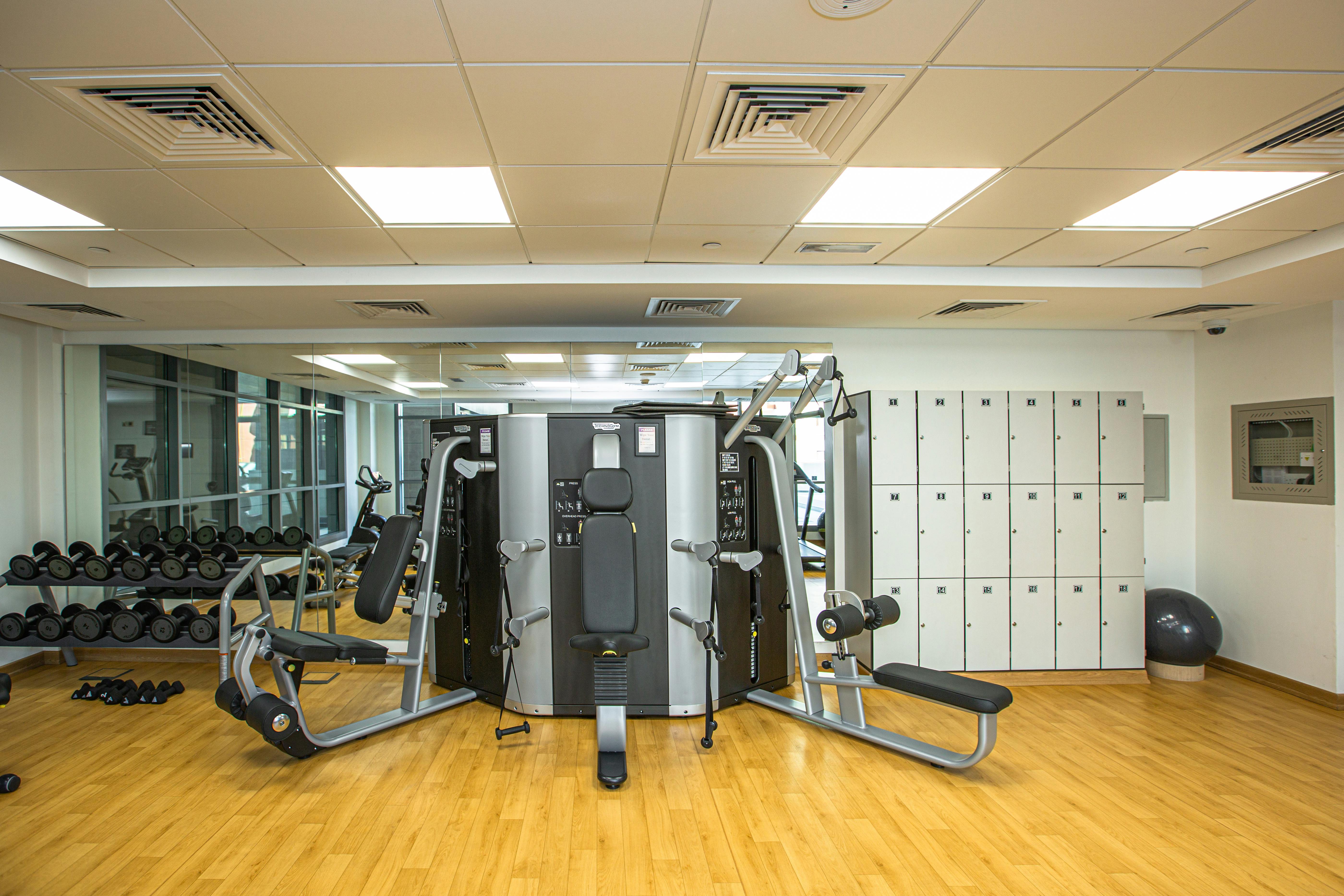Heart rate training for cyclists
You are probably familiar with the concept of heart rate training. It’s based on the idea that you can improve your training program by matching your cycling intensity to the goals of a particular workout. You do this by determining your heart rate training zones and then cycling in the zone that fits your goal for a particular workout. For example, if you want to work at a fairly high intensity, you can pedal in zone 3, which is 70 to 80 percent of your maximum heart rate (MHR). Conversely, on some days you may want to recover from a hard workout, so you ride in zone 1 (50 to 60 percent of MHR).
Heart rate training lets you know how hard you’re working during a given workout and gives you the feedback you need to change the intensity of your workout if you find you’re pedaling too hard or not hard enough. It offers an easy way to continuously monitor your cycling intensity and keep it at the desired level. To successfully train with heart rate, you must first understand the 5 heart rate training zones. Zones are generally based on a percentage of your maximum heart rate and are broken down into percentages as follows:
Zone 1 = 50-60% MRH
Zone 2 = 60-70% MRH
Zone 3 = 70-80% MRH
Zone 4 = 80-90% MRH
Zone 5 = 90-100% MRH
Each zone has a specific purpose in your physical development. Zone 1 is known as the active recovery zone. Workouts in this area will feel very easy. You can speak in complete sentences as breathing is effortless. This is a good intensity to recover from a hard workout. It’s also a good place to start if you’re new to cycling. Although zone 1 involves low-intensity exertion, training confers many health benefits, including lower blood pressure, lower cholesterol, and decreased body fat. If your main cycling goal is to improve your health, this is your area!
Zone 2 is resistance area. You are working harder than in zone 1, so breathing is more labored. However, you can still talk quite easily. If you’re a competitive cyclist, you’ll spend more time in this zone than any other because it helps build your aerobic endurance. In a periodized training program, your base building The phase will consist of lots of long walks in zone 2. These wrinkles will improve your ability to metabolize fat for energy and increase your ability to carry oxygen.
Zone 3 is threshold zone where breathing becomes labored and speaking becomes more difficult. It is also the place where you can significantly improve your cycling performance. Training here will improve your ability to burn carbohydrates efficiently and increase your lactate threshold (the highest intensity you can sustain for 60 minutes).
Zone 4, known as the lactation area, is where your workouts get tough. You won’t be talking! Competitive cyclists will spend a significant amount of time in this zone because it increases their lactate threshold and their ability to ride faster for longer periods of time. For most cyclists, at some point in this zone they will transition from primarily aerobic to anaerobic exercise.
Finally, area 5 is all about pain! Known as the anaerobic zone, is not sustainable for long periods because it uses the body’s anaerobic energy systems that only last a few seconds to a maximum of a few minutes. Training intervals in this zone will increase your speed on the bike. They can also increase your VO2 max (the maximum amount of oxygen the body can consume during high-intensity exercise). However, unless you’re a serious rider preparing for high-level competition, you won’t spend much time in zone 5.
